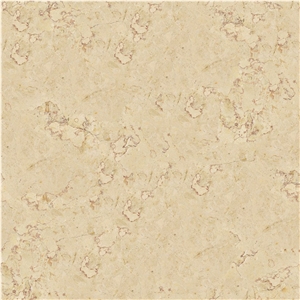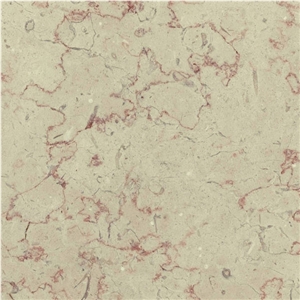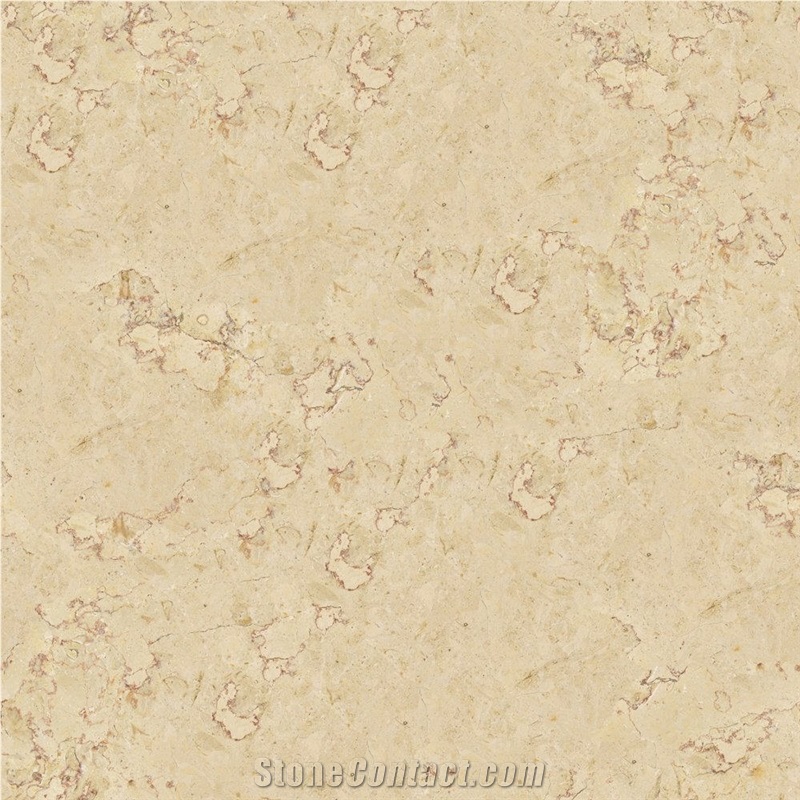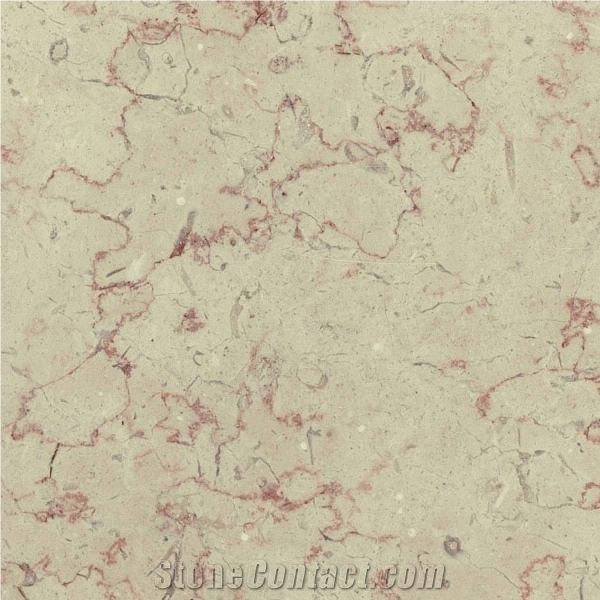Can Lebanon's Terrasanta Marble be used exterior applications in very dusty climates?
Terrasanta Marble from Lebanon is known for its beauty and unique veins, making it a popular choice for interior applications such as flooring, countertops, and wall cladding. However, when it comes to using Terrasanta Marble in exterior applications, especially in very dusty climates, there are a few factors to consider.
1. Porosity: Marble is a natural stone and is porous, which means it can absorb moisture and dust. In extremely dusty environments, the dust particles can settle onto the marble surface and seep into its pores, potentially causing staining and discoloration over time. Regular maintenance, including proper cleaning and sealing, is crucial to prevent dust buildup and maintain the marbles appearance.
2. Durability: Terrasanta Marble is relatively softer compared to other natural stones, such as granite or quartzite. While it can withstand standard wear and tear, including exposure to sunlight and temperature changes, it may be susceptible to scratching and chipping in exterior applications. Dust particles in very dusty climates can act as abrasives and accelerate the wear and tear on the marble over time.
3. Cleaning and maintenance: In very dusty climates, regular cleaning of Terrasanta Marble in exterior applications is essential to prevent the buildup of dust and maintain its aesthetic appeal. Dry dusting or using a soft cloth to wipe off the dust regularly can help in preventing it from settling into the pores of the marble.
Overall, while Terrasanta Marble can be used in exterior applications in dusty climates, it requires diligent maintenance and proper care. Regular cleaning, sealing, and minimizing direct exposure to dust are important factors to consider to maintain the beauty and longevity of the marble in such environments.
Terrasanta Marble from Lebanon is known for its beauty and unique veins, making it a popular choice for interior applications such as flooring, countertops, and wall cladding. However, when it comes to using Terrasanta Marble in exterior applications, especially in very dusty climates, there are a few factors to consider.
1. Porosity: Marble is a natural stone and is porous, which means it can absorb moisture and dust. In extremely dusty environments, the dust particles can settle onto the marble surface and seep into its pores, potentially causing staining and discoloration over time. Regular maintenance, including proper cleaning and sealing, is crucial to prevent dust buildup and maintain the marbles appearance.
2. Durability: Terrasanta Marble is relatively softer compared to other natural stones, such as granite or quartzite. While it can withstand standard wear and tear, including exposure to sunlight and temperature changes, it may be susceptible to scratching and chipping in exterior applications. Dust particles in very dusty climates can act as abrasives and accelerate the wear and tear on the marble over time.
3. Cleaning and maintenance: In very dusty climates, regular cleaning of Terrasanta Marble in exterior applications is essential to prevent the buildup of dust and maintain its aesthetic appeal. Dry dusting or using a soft cloth to wipe off the dust regularly can help in preventing it from settling into the pores of the marble.
Overall, while Terrasanta Marble can be used in exterior applications in dusty climates, it requires diligent maintenance and proper care. Regular cleaning, sealing, and minimizing direct exposure to dust are important factors to consider to maintain the beauty and longevity of the marble in such environments.
 Lebanon
Lebanon



















 Italy
Italy